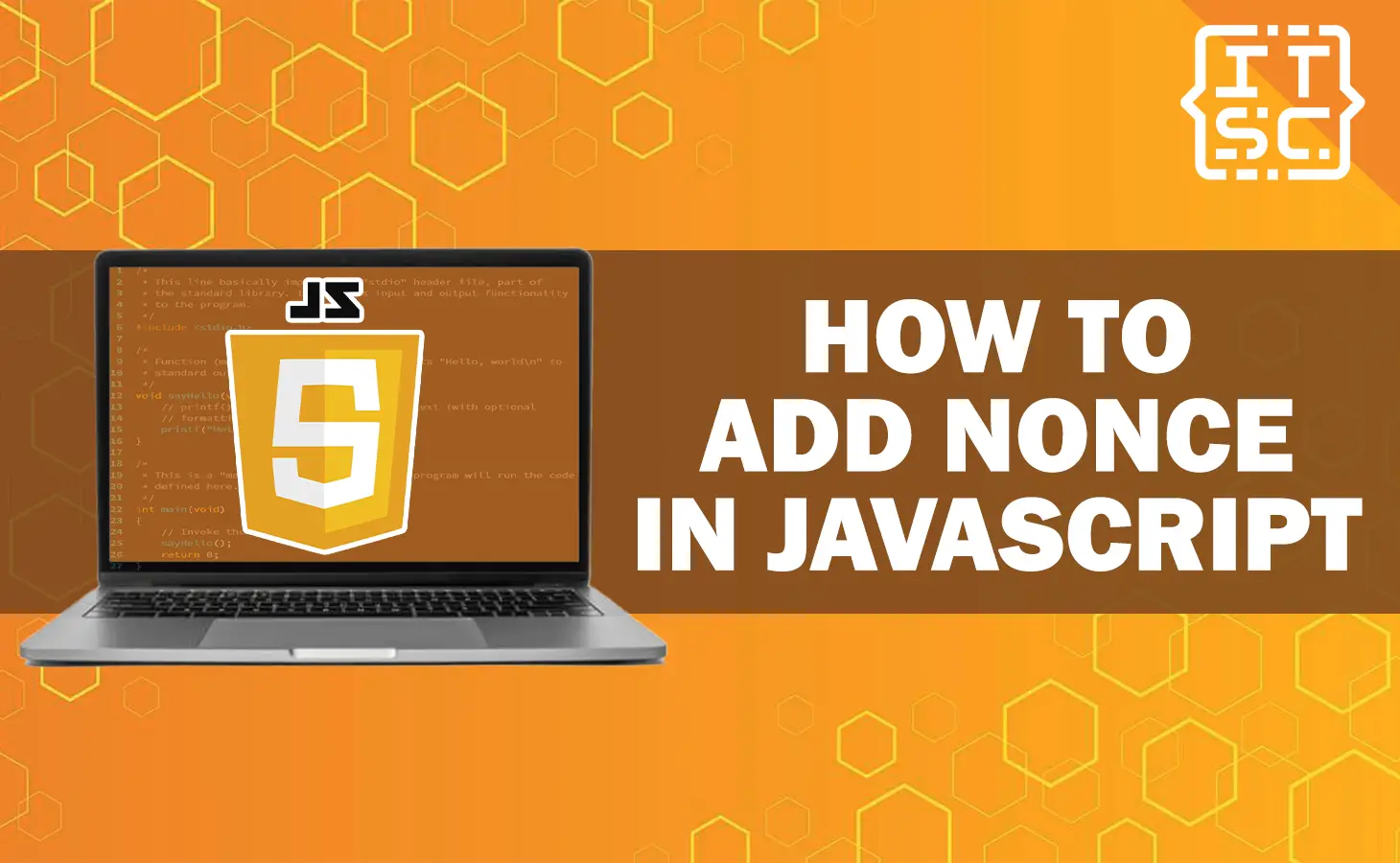One of the important aspect of JavaScript security is adding a nonce (number used once) to your script tags.
In this article, we will discuss what a nonce is, why it is important, and how to add a nonce in JavaScript to increase the security of your web applications.
What is a Nonce?
A nonce is an aimless value that is generated for each HTTP response consisting a script.
It is a security measure used to mitigate cross-site scripting (XSS) attacks.
By adding a nonce to script tags, you can assure that only scripts with matching nonces are executed by the browser.
Why is Adding Nonce Important?
Adding a nonce to your JavaScript code is important because it is preventing for XSS attacks.
Cross-site scripting occurs when an attacker injects malicious scripts into a web application, which then get executed by unsuspecting users.
By using a nonce, you can assure that only trusted scripts are executed, thereby decreasing the risk of XSS vulnerabilities.
Methods to Add Nonce in JavaScript
To add a nonce in JavaScript, you need to follow a few simple steps.
Let’s explore them below:
Method 1: Generating a Nonce
The first method is to generate a random nonce value on the server-side.
This value should be unique for each page load and should be included in the HTTP response headers.
The nonce will be able to generate using server-side programming languages like PHP, Python, or Node.js.
Method 2: Including the Nonce in the HTML
Once you have generated the nonce, you need to include it in the HTML of your web page.
This can be done by adding the nonce attribute to your script tags.
Here’s an example code:
<script src="your-script.js" nonce="YOUR_NONCE_EXAMPLE_VALUE_HERE"></script>
Replace YOUR_NONCE_EXAMPLE_VALUE_HERE with the actual nonce value generated in method 1.
Method 3: Setting the Nonce in the Server Response
To make sure that the browser know the nonce value, you need to set the Content-Security-Policy (CSP) header in your server response.
The CSP header defines the security policies for your web application, including the allowed nonces for script tags.
Here’s an example of setting the CSP header in PHP:
header("Content-Security-Policy: script-src 'nonce-YOUR_NONCE_EXAMPLE_VALUE_HERE'");
Make sure to replace YOUR_NONCE_EXAMPLE_VALUE_HERE with the actual nonce value generated in method 1.
Method 4: Testing the Nonce
After adding the nonce to your JavaScript code, it is important to test its functionality.
Check your scripts are executed correctly and that any attempts to inject malicious scripts are blocked by the nonce validation.
FAQs
Preventing XSS attacks is important because they can lead to unauthorized access, data theft, and compromised user accounts. By adding a nonce, you can typically reduce the risk of such attacks.
No, for optimal security, it is recommended to generate a unique nonce value for each page load.
This assures that even if one page is compromised, the impact on other pages is minimized.
Yes, a Content Security Policy can be implemented without using a nonce. However, using a nonce provides an extra layer of security by assuring that only scripts with matching nonces are executed.
It is recommended to add a nonce to every script tag that requires execution. This is to assures that only trusted scripts are allowed to run and decrease the risk of unauthorized script injections.
Conclusion
In conclusion, adding a nonce in JavaScript is an important method in increasing the security of your web applications.
By following the steps outlined in this article, you can protect your website from cross-site scripting attacks and ensure a safer browsing experience for your users.

